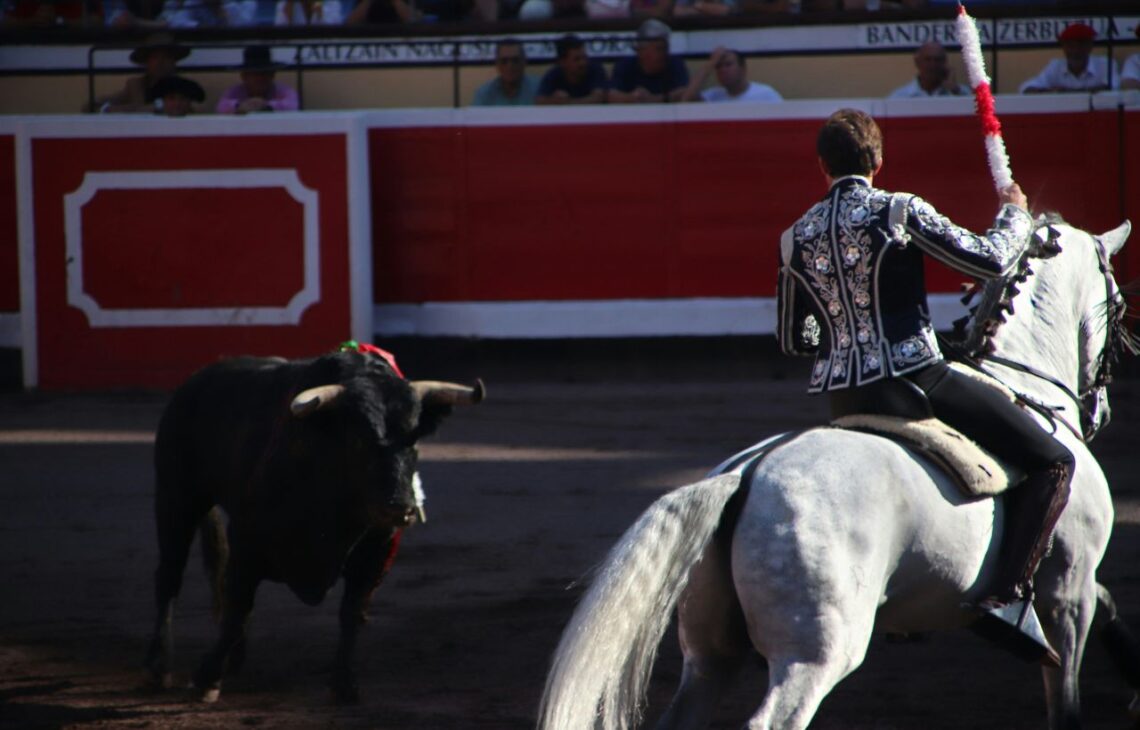
The different types of passes and techniques used by bullfighters in Madrid
Bullfighting, also known as tauromachia, is a traditional Spanish sport that involves a bullfighter, also known as a torero, and a bull. The objective of the sport is to demonstrate the bullfighter’s skills in controlling and manipulating the bull using various passes and techniques.
In Madrid, bullfighting is considered a cultural event and attracts thousands of spectators every year. The Plaza de Toros de Las Ventas is the most important bullring in Madrid and one of the largest in the world. It has a capacity of over 23,000 spectators and hosts many bullfighting events throughout the year.
In this article, we will explore the different types of passes and techniques used by bullfighters in Madrid.
Verónica Pass
1. The verónica pass is one of the most basic and popular passes used by bullfighters. It involves the bullfighter holding the cape in both hands and guiding the bull as it charges towards him. The bullfighter then moves the cape from one side of his body to the other, making a smooth and graceful motion.
Natural Pass
2. The natural pass is another common pass used by bullfighters. It involves the bullfighter holding the cape in one hand and guiding the bull as it charges towards him. The bullfighter then moves the cape away from his body and allows the bull to pass him on the opposite side.
Media Verónica Pass
3. The media verónica pass is a variation of the verónica pass. It involves the bullfighter holding the cape in one hand and guiding the bull as it charges towards him. The bullfighter then moves the cape across his body in a diagonal motion, making a half-circle motion.
Chicuelina Pass
4. The chicuelina pass is a more difficult pass that involves the bullfighter holding the cape in one hand and guiding the bull as it charges towards him. The bullfighter then moves the cape behind his back and spins around, making a circular motion.
Gaonera Pass
5. The gaonera pass is a very difficult pass that involves the bullfighter holding the cape in one hand and guiding the bull as it charges towards him. The bullfighter then moves the cape behind his back and spins around, making a full circle motion.
Pass of Death
6. The pass of death, also known as the estocada, is the final move in a bullfight. It involves the bullfighter using a sword to stab the bull in the back of the neck, killing it instantly. This move requires great skill and precision, as the bullfighter must aim for a specific spot on the bull’s neck.
Capote Passes
7. Capote passes involve the use of a smaller cape called a capote. These passes are used in the early stages of the bullfight to test the bull’s behavior and temperament. The bullfighter uses the capote to guide the bull around the ring, making different passes and movements.
Muleta Passes
8. Muleta passes involve the use of a larger cape called a muleta. These passes are used in the later stages of the bullfight, after the bullfighter has weakened the bull with the capote passes. The bullfighter uses the muleta to perform various passes and movements, leading up to the final pass of death.
In conclusion, bullfighting is a complex and intricate sport that requires great skill and precision. The different types of passes and techniques used by bullfighters in Madrid showcase their talent and expertise in the sport. Whether you are a seasoned bullfighting enthusiast or a curious visitor to Madrid, the bullfighting events at the Plaza de Toros de Las Ventas.